Nearly six percent of Americans are bonafide millionaires, and where they live might surprise you.
“One of the key threads that runs through is the proximity to what we call wealth-building engines,'” says David Thompson, a wealth and affluent data expert with Phoenix Marketing International. “And that is really concentrations of industries such as technology, finance, consulting, defense, et cetera, that tend to be more apt to build wealth, to attract individuals that are interested in growing their wealth.”
About 5.8 percent of the population — 7.2 million households — qualify as millionaires, meaning that they have at least $1 million laying around, excluding their real estate holdings, retirement plans and business partnerships.
And while some might argue that a million dollars isn’t what it used to be, it’s still an elite club.
Kiplinger, publisher of business forecasts and personal finance advice, partnered with Phoenix Marketing International to figure out how many millionaires live in 933 urban areas with populations of at least 50,000 residents.

Your yacht or mine? Luxury vessels lined up in Greenwich, Connecticut. (Photo by Flickr user Paul Sableman via Creative Commons license)
The Bridgeport-Stamford-Norwalk area of Connecticut takes the top spot. About 9 percent of its residents — 31,506 of the people who live there — can call themselves millionaires.
Not only is this part of Connecticut close to New York City, but the enclave is also home to a number of hedge funds and prominent companies, including Priceline’s parent company, and the Xerox Corporation. These attributes are enough to give this tony Connecticut locality an edge over Silicon Valley.
“Because of its proximity to a more diverse wealth-building economy in New York,” Thompson says. “So, it’s not just tech. It’s finance. It’s consulting. It’s a little more diverse in terms of its economic base and wealth-building base versus an area like Silicon Valley that’s all tech-based.”

The California region of San Jose, Sunnyvale and Santa Clara, which includes Silicon Valley, comes in second with 61,264 millionaire households — 9 percent of all households. The area is home to some of the biggest tech companies in the world, and Google, Apple and Facebook are nearby.
The nation’s capital slides into the third spot. Washington, D.C., and its suburbs draw highly educated Americans looking for influential jobs. The 206,361 millionaire households in the region account for 8.9 percent of D.C.’s 2.3 million households.

FILE — A Marine Corp F-35B Joint Strike Fighter at Patuxent River Naval Air Station in Maryland. (AP)
Military spending and a naval air station put St. Mary’s County, Maryland, on the millionaire map. The Lexington Park area of the county is a hub of defense and aerospace research. Several major military contractors employ highly skilled and educated workers who are paid well. Of 40,545 total households, 3,429 — about 8.5 percent — can call themselves millionaires.
The San Francisco area rounds out the top five. Home to high-paid tech workers, this California region’s cost of living is 93 percent higher than the national average. Just over 8 percent of San Francisco’s 1,781,731 households have $1 million to spare. The median income for all households there is $96,677.
The other parts of the United States with the highest concentration of millionaires include Barnstable, Massachusetts, where fashionable Cape Cod and Hyannis Port, home of the Kennedy family political dynasty, are located.

FILE — Home of Sen. Edward M. Kennedy at the Kennedy compound in Hyannis Port, Massachusetts. (AP)
All of the places in the Top 10 are located on the U.S. East or West Coasts, except for Hawaii, which comes in at No. 10. Thompson calls the Aloha State a “different animal” because it attracts the rich rather than cultivates them.
“Tourism being their main industry, and that is not necessarily going to build wealth for people who are employed in that industry,” Thompson says. “But it’s one obviously that attracts the individuals that can afford to live there on a full or part-time basis.”
Not one area in the middle of the country makes the list.
While Dallas, Texas, and Chicago, Illinois, are thriving, they don’t necessarily fall into the top tier. The two states have lots of land and people, and because they’re so large, have much higher concentrations of non-wealthy individuals.
As for the rest of the Midwest, Thompson says the region might have some work to do.
“It’s emblematic of, maybe, being a little bit more stagnant, in terms of the ability to generate large amounts of wealth,” he says. “Obviously when you have industries such as technology, in particular, and finance, as well, those industries are really the best at minting wealthy individuals, creating wealth.”
Until areas in the Midwest can attract those industries, Thompson says, it could be a while before America’s heartland is able to boast about being home to high concentrations of millionaires.


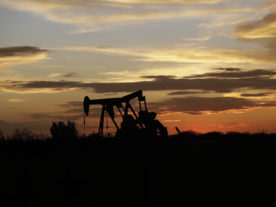


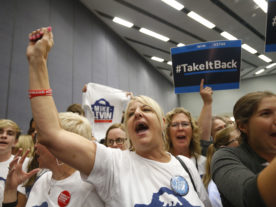


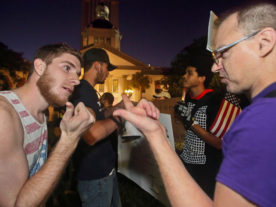

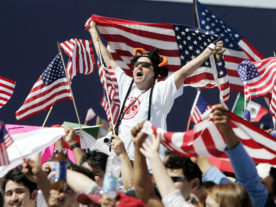
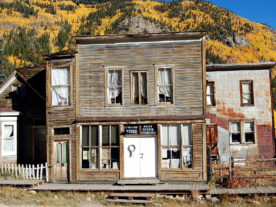
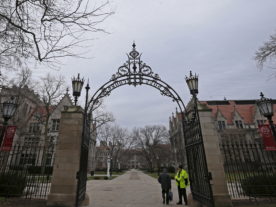
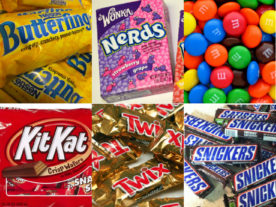






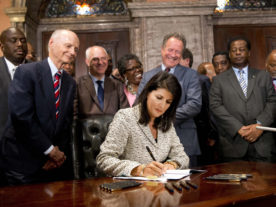

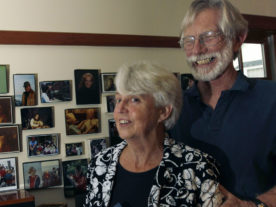


“meaning that they have at least $1 million laying around, excluding their real estate holdings, retirement plans and business partnerships.”….Retirement requires at least a million in the fund. A modest 3 bedroom home in south coast enclaves easily hits a million. So many people who would easily qualify with over a million in assets would be foolish to think themselves wealthy.